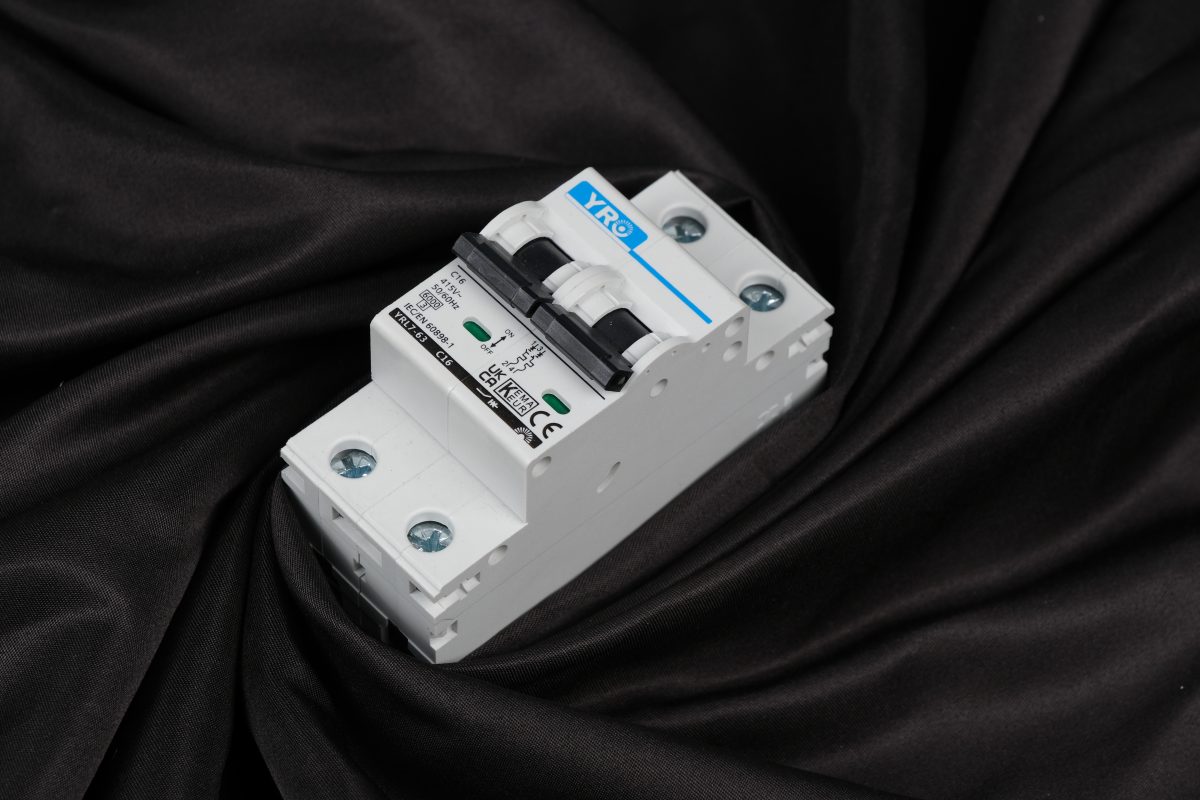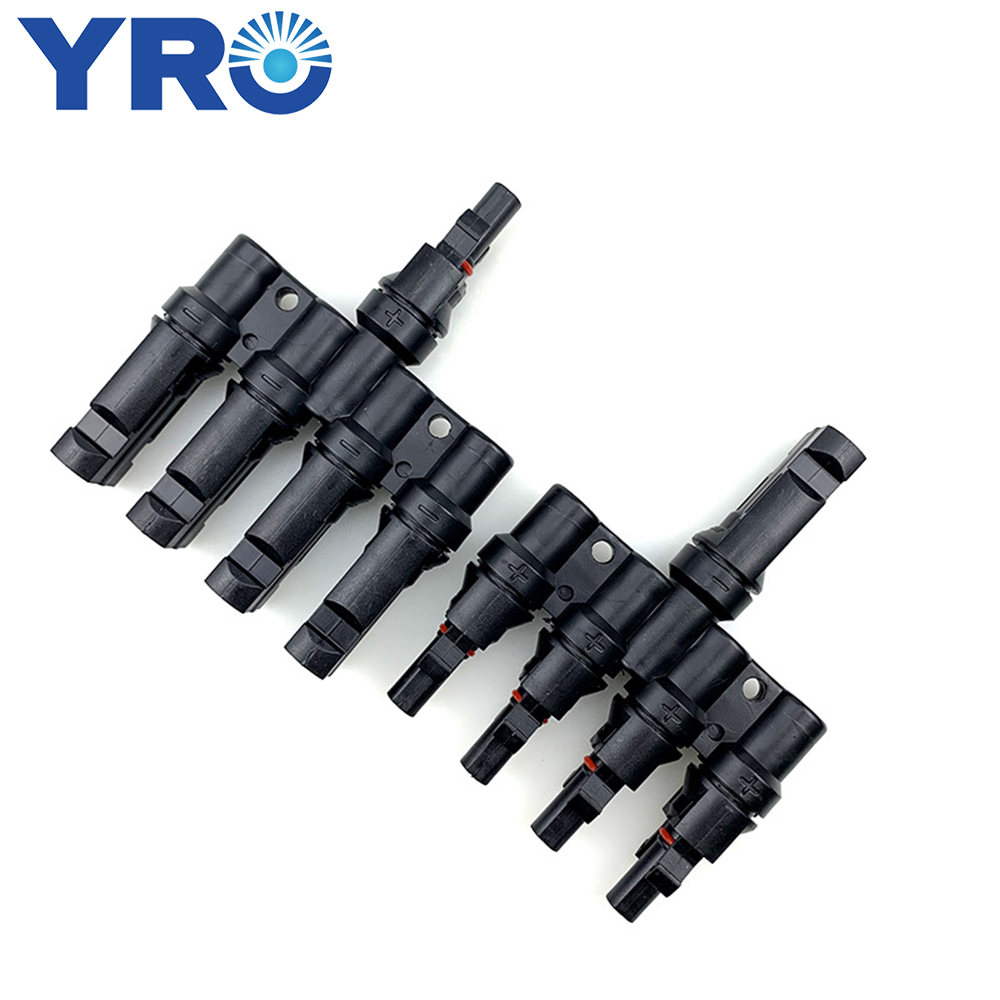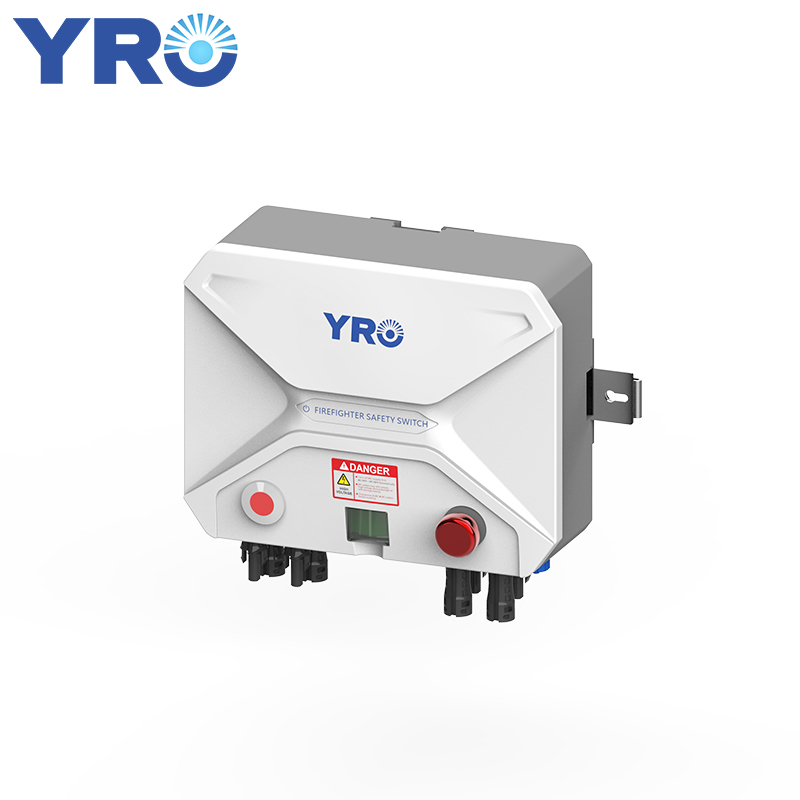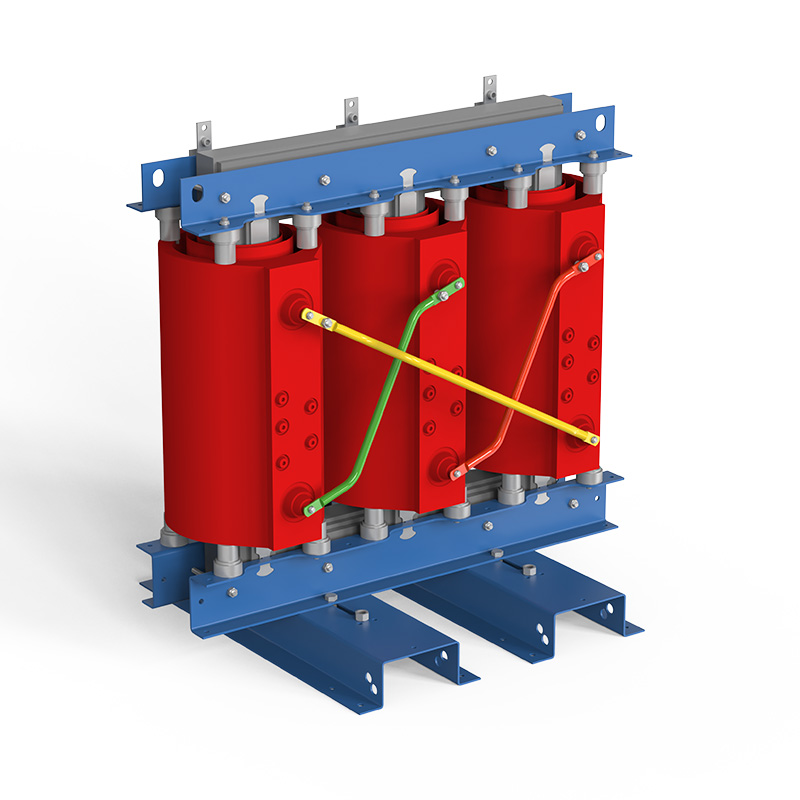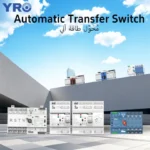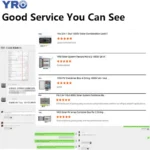Circuit breakers are devices that control the on and off of current. They are mainly used to protect lines and equipment. If there are overload, short circuit, undervoltage and other faults in the circuit, the circuit breaker can quickly cut off the power supply to protect the safety of the line, load and related equipment. Circuit breakers are widely used in electromechanical equipment and lines, but as the ability of the protected object to withstand overload current is different, the protection characteristics of the selected circuit breakers are different, so how to choose a suitable circuit breaker becomes very important.

——Classification of circuit breakers and how to choose
Circuit breakers can be divided into distribution type circuit breakers, motor protection type circuit breakers, household protection type circuit breakers, leakage circuit breakers, etc. according to their use. According to their different protection characteristics, this article introduces how to choose a suitable circuit breaker so that it can be used as a basis for selecting circuit breakers.
- Selection of distribution circuit breakers. Distribution circuit breakers are generally used in low-voltage power grids to distribute electrical energy, including power supply main circuit breakers and load branch circuit breakers. When selecting this type of circuit breaker, special attention should be paid to the following selection principles:
- Selection of motor protection type circuit breakers. There are two characteristics of electric motors: one is that the starting current is usually several times the rated current; the other is that it has a certain overload capacity.
- Selection of household protective circuit breakers. In household power supply, circuit breakers are usually used as main power protection switches or branch line protection switches. If a short circuit or overload occurs in the line or household appliances, the circuit breaker can automatically trip and cut off the power supply, thereby effectively protecting these devices from damage and reducing the accident to the smallest range.
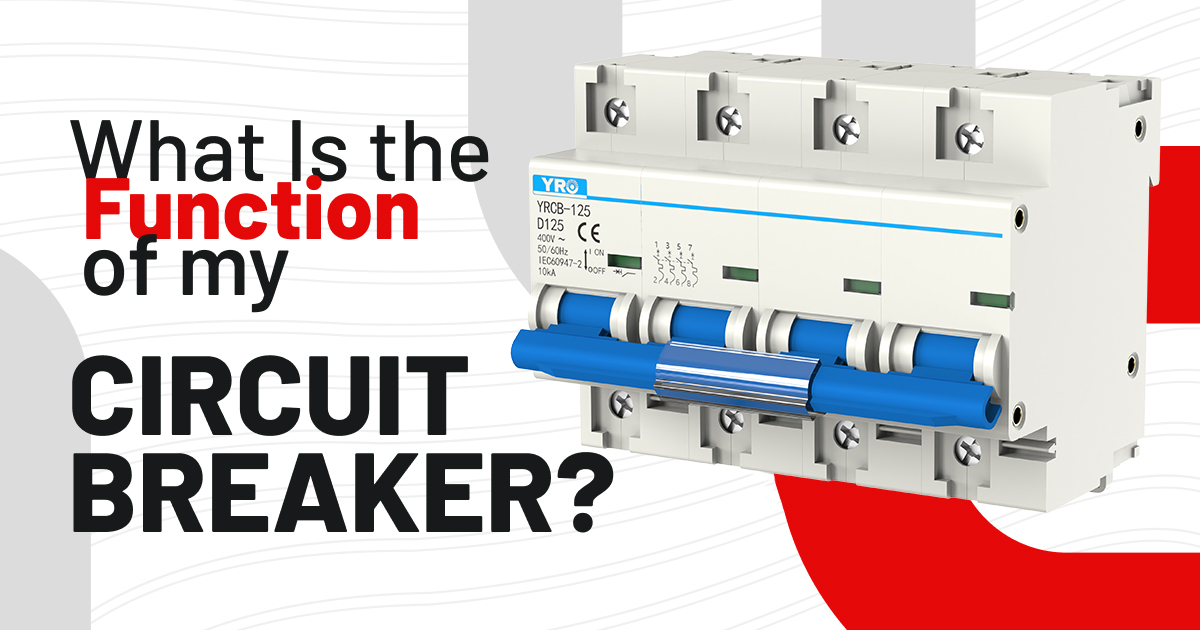 ——Selection of leakage circuit breakers
——Selection of leakage circuit breakers
Leakage circuit breakers are generally divided into two-pole, three-pole, and four-pole, which are used in different lines respectively. Only the correct selection and use can play the due role, so when choosing a leakage circuit breaker, pay attention to the following
- The rated current of the overload release ≥ the maximum load current of the line; 2) The limit breaking capacity of the circuit breaker ≥ the maximum short-circuit current of the circuit; 3) The leakage current that the line should protect should be ≤ the specified leakage protection current of the circuit breaker; 4) The normal working voltage and current of the line equipment ≤ the rated voltage and current of the circuit breaker; 5) There is a short breaking reaction time, which can play a role in protecting the line and equipment.
After selecting the circuit breaker, the following should be noted during use: The leakage, overload, and short-circuit protection characteristics of the circuit breaker are set by the manufacturer and cannot be adjusted at will during use to avoid affecting the performance; after the circuit is connected, check whether the wiring is correct. It can be checked through the test button.
After the circuit breaker is disconnected due to a short circuit, the contacts need to be checked. If the main contacts are severely burned or have pits, they need to be repaired; if the circuit breaker cannot be disconnected, it means that the circuit breaker or the line is faulty and needs to be repaired; after the leakage protector is put into operation, the user should check whether the circuit breaker is operating normally after a period of time through the test button; the load wiring of the leakage circuit breaker must pass through the load end of the circuit breaker, and any phase line or neutral line of the load is not allowed to pass through the leakage circuit breaker, otherwise it will cause artificial “leakage” and cause the circuit breaker to fail to close the gate, causing “false operation”. The four-pole leakage circuit breaker must be connected to the neutral line to enable the electronic circuit to work normally; the function of the test button is to check its operating status when the circuit breaker is newly installed or has been running for a certain period of time, and the circuit breaker is powered on. Press the test button, the circuit breaker can be disconnected, indicating that it is operating normally and can continue to be used; in order to more effectively protect the lines and equipment, the leakage circuit breaker can be used in conjunction with the fuse.
If the circuit breaker is disconnected due to a fault in the protected circuit, the operating handle is in the tripped position. After finding out the cause and troubleshooting, the operating handle should be pulled down
